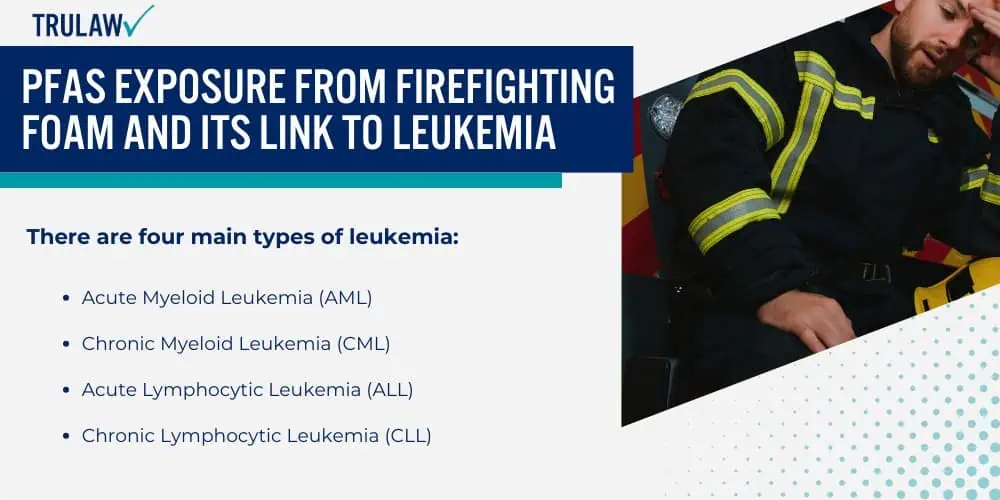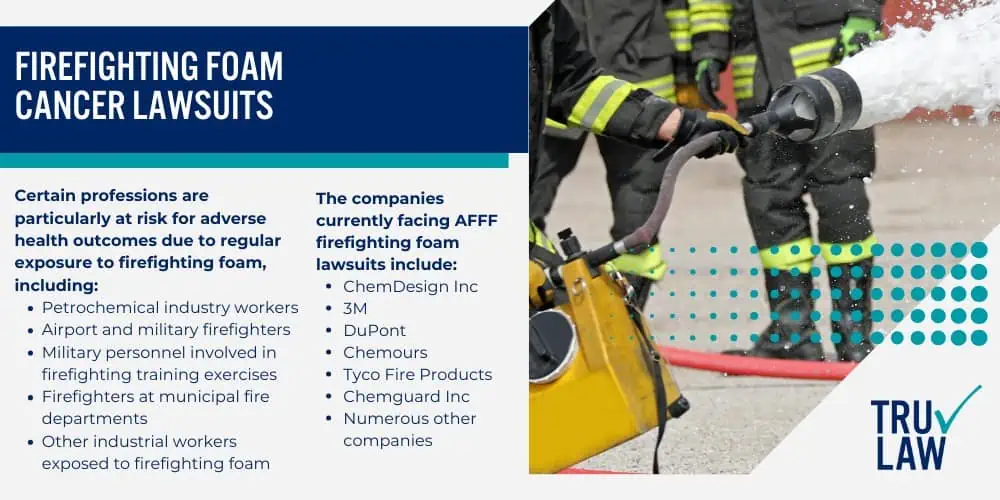Exposure to PFAS chemicals has been associated with a heightened risk of developing leukemia.

According to the National Cancer Institute, studies indicate that PFAS exposure may contribute to an increased cancer risk, including leukemia.
Additional research has supported these findings, suggesting that individuals exposed to PFAS could be at higher risk for certain cancers.
Leukemia is a cancer that impacts the blood-forming tissues of the body, particularly the bone marrow and lymphatic system.
There are four main types of leukemia:
- Acute myeloid leukemia (AML)
- Chronic myeloid leukemia (CML)
- Acute lymphocytic leukemia (ALL)
- Chronic lymphocytic leukemia (CLL)
The symptoms of leukemia can vary but often include:
- Fever or chills
- Persistent fatigue or weakness
- Tiny red spots on the skin (petechiae)
- Frequent or severe infections
- Unexplained weight loss
- Swollen lymph nodes, enlarged liver or spleen
- Easy bruising or bleeding
- Recurrent nosebleeds
- Excessive night sweating
- Bone pain or tenderness
Ongoing Research on PFAS Chemicals and Their Cancer Risk
Research has shown that specific PFAS chemicals, such as PFOA and PFOS, are linked to increased cancer risks.
- International Agency for Research on Cancer (IARC): Classified PFOA as a possible carcinogen and PFOS as possibly carcinogenic to humans.
- U.S. Environmental Protection Agency (EPA): Issued a health advisory for PFOA and PFOS, warning that long-term exposure to elevated levels of these chemicals could pose serious health risks.
- Journal of the American Medical Association: Reported a statistical association between PFOA exposure and increased risks of kidney cancer, testicular cancer, and ulcerative colitis.
- International Journal of Cancer: Highlighted a positive connection between PFOS exposure and breast cancer.
While research is ongoing, the evidence linking PFAS exposure to cancer is alarming, and continued studies are necessary to better understand the full extent of health impacts associated with these chemicals.






